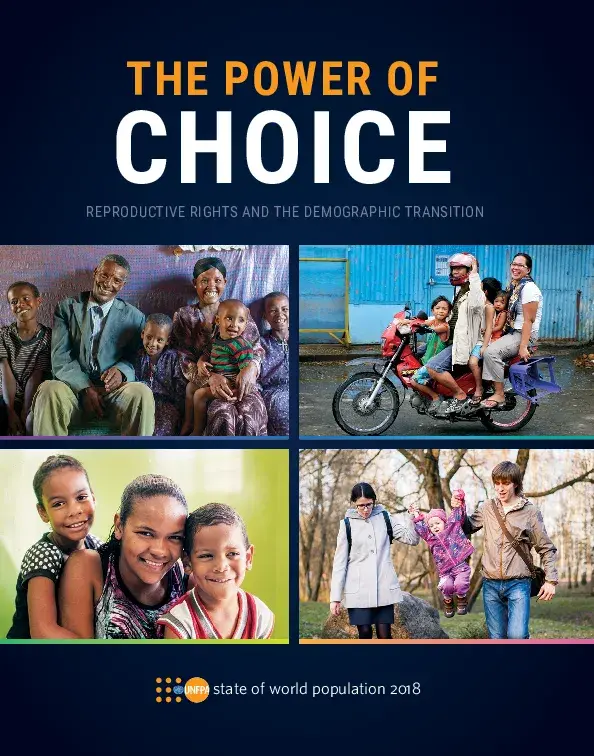Not so long ago, most people had large families: five children, on average. Where once there was one global fertility rate, today there are many, with differences wider than at any point in human history.
Family size, whether small or large, is intertwined with reproductive rights, which are tied to many other rights, such as those to health and education, adequate income, the freedom to make choices, and non-discrimination. Where all rights are realized, people tend to thrive. Where they are not, people are not able to realize their potential, and fertility rates tend to be higher or lower than what most people really want.
Currently, based on fertility rates, most countries and territories fall into four broad categories. Each set faces national policy concerns about population trends. Each has people who, because rights are compromised in some way to some degree, are not fully empowered to decide freely and responsibly how many children they have.
Across the four categories of fertility, the barriers to people realizing their rights and making their own choices about family planning have some common roots, even if they take different forms and occur to different degrees. Broadly, institutional, economic and social factors can empower couples and individuals to realize their own reproductive goals and desires—or prevent them from doing so. Where couples and individuals are fully empowered, fertility tends to hover around two births per woman, the level considered sufficient to keep population sizes stable in the absence of migration.
This reports looks at all four categories of fertility and makes specific recommendations for policies and programmes that would help each country increase reproductive choices.



